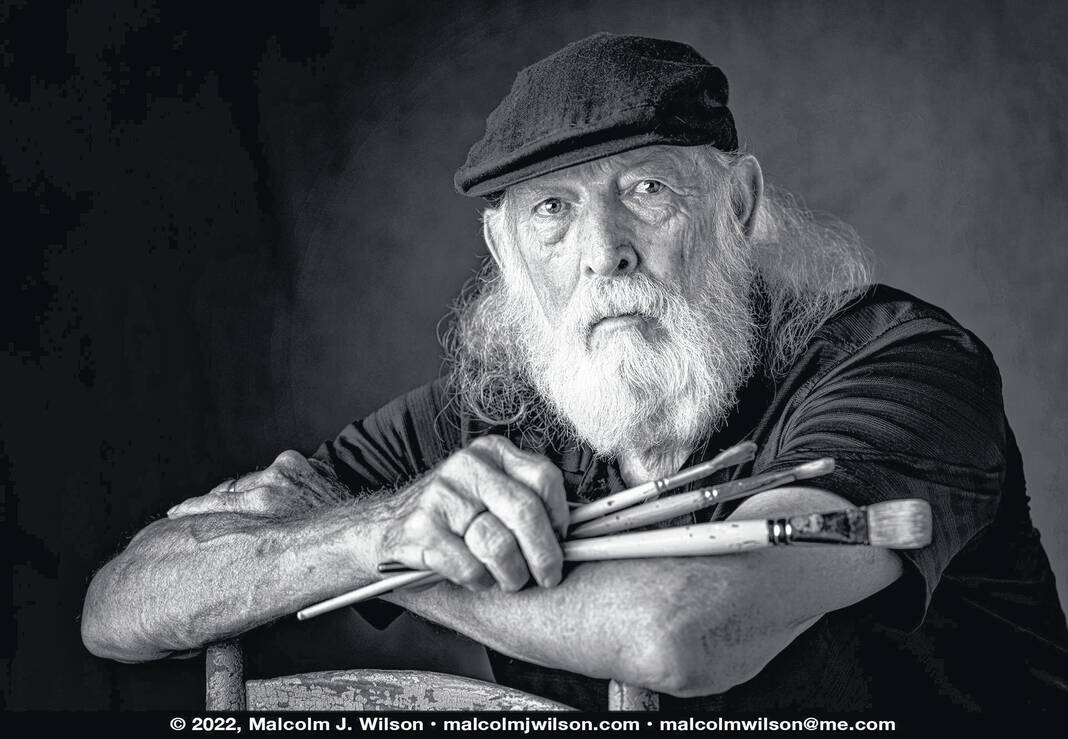

Editors note: This column was written in August following the floods in southeastern Kentucky.
What do I write this morning? Some readers might say about the floods in southeastern Kentucky, ”That’s yesterday’s news” or “Get over it; we all have problems” or “Are you going to be asking me to send money? If you are, forget it as I have problems of my own” or “Let me tell you about the time when…”
And then there are some others who will say, “I’m listening, Vivian. Tell me what you know.” I know little because I am not in the war zones of southeastern Kentucky where three dozen plus have died, leaving their family and friends to ask, “Why?” And where rescue workers are up to their necks, literally, in deep water where debris of wood, toys, clothing has formed a solid carpet surrounding them as they search for bodies. This is a place where houses have washed down the hollows or have been uprooted from their moorings along the banks to join the waters as they rush forward, blocking bridges and at times still holding live people, or bodies of those who once were alive, to block the next bridge or tear that bridge down, the only escape route for some on the other side. Some of those, young and athletic enough, have climbed trees and waited to be rescued.
And the horrors began at night and came quickly, after most were asleep in their beds- perhaps acknowledging a flood forecast or feeling the moisture in the air, but feeling that it was going to be all right because they had been down this road many times and had survived. Some prayed before Lethe came calling: “Now I lay me down to sleep/I pray thee Lord my soul to keep;/If I should die before I wake,/I pray thee Lord my soul to take.”; others smoked the last cigarette of the day; a few took a final swig of Jack Daniels or washed the few supper dishes and wiped down the sink and counters.
As days passed, shelters were identified, frantic phone calls from person who had left the area went unanswered, supplies and meals were delivered by a host or individuals and organizations, horses arrived so that those in places that only a nimble-footed horse could reach could be checked on, able-bodied persons left their homes unravaged by the flood waters to help in numerous ways, flies and mosquitoes by the millions descended, residents prayed, celebrities and politicians visited, and the loss and suffering continued.
Things we take for granted were absent for some: drinking water, hot showers, washers and dryers, cleaning supplies, medical supplies, food.
And the ignorant began an assault: Stupid hillbillies. They should know better than to live in such places. Why don’t they just leave? Flood insurances will pay for their losses or we taxpayers will. And what’s the deal with all those trailers?
I would ask first if you have an understanding of rain, of the need for rain to supply water to cities and towns, of the configuration of the Kentucky and Cumberland rivers in southeastern Kentucky, of the flood control structures in the area? Simple internet searches will help if you are interested in acquiring knowledge of the flow of waters in this area and why, for example, Letcher County was devastated and although the adjoining county, Harlan, had some high waters, it had no extreme flooding..
Cultural photojournalist Malcolm Wilson, Blackey, Kentucky, and his sister Union College administrator Kateena Wilson Haynes have been two of my informants in a host of areas as I have observed from a distance, and they have given me permission to give voice to their Facebook postings.
Wilson is the source for where and when hot showers, produce, meals, storage containers, hay and food for animals, Amazon wish lists, connections for artists who need assistance, medical clinic needs are available as well as the status of the availability of water, electricity, telephone services.
Haynes writes of seeing “vehicles lodged nose-first on river banks; new brick homes…completely gutted; forlorn business owners standing in front of their shops looking completely hopeless, helpless, and exhausted; church pews discarded like matches” and of “lives in muddy piles next to the road” and of “the smell of dirt and mud and mold and mildew.”
Further, Haynes comes across “the scene of an elderly lady…with a lifetime of memories all destroyed by the quick, ravishing flood waters” and declares, “Natural disasters don’t have a political party and they don’t pick and choose where to land…”
She also addresses the issues of the uninformed who are asking why residents live close to rivers, those who believe that eastern Kentucky is just a bunch of rednecks in mobile homes, and why it is still acceptable in this country to use racial slurs against this group long after it is no longer acceptable to denigrate other groups.
In conclusion, I hear and read about this group of Appalachians who persevere, overcome obstacles, embrace family, and live yet another day or week or year or decade. I want you to see this spirit in the attached image of disabled coal miner/artist/poet James Ryan from Malcolm Wilson’s collection entitled “I’m Appalachia.” Do you see it? Do you feel it? Do you acknowledge it?



